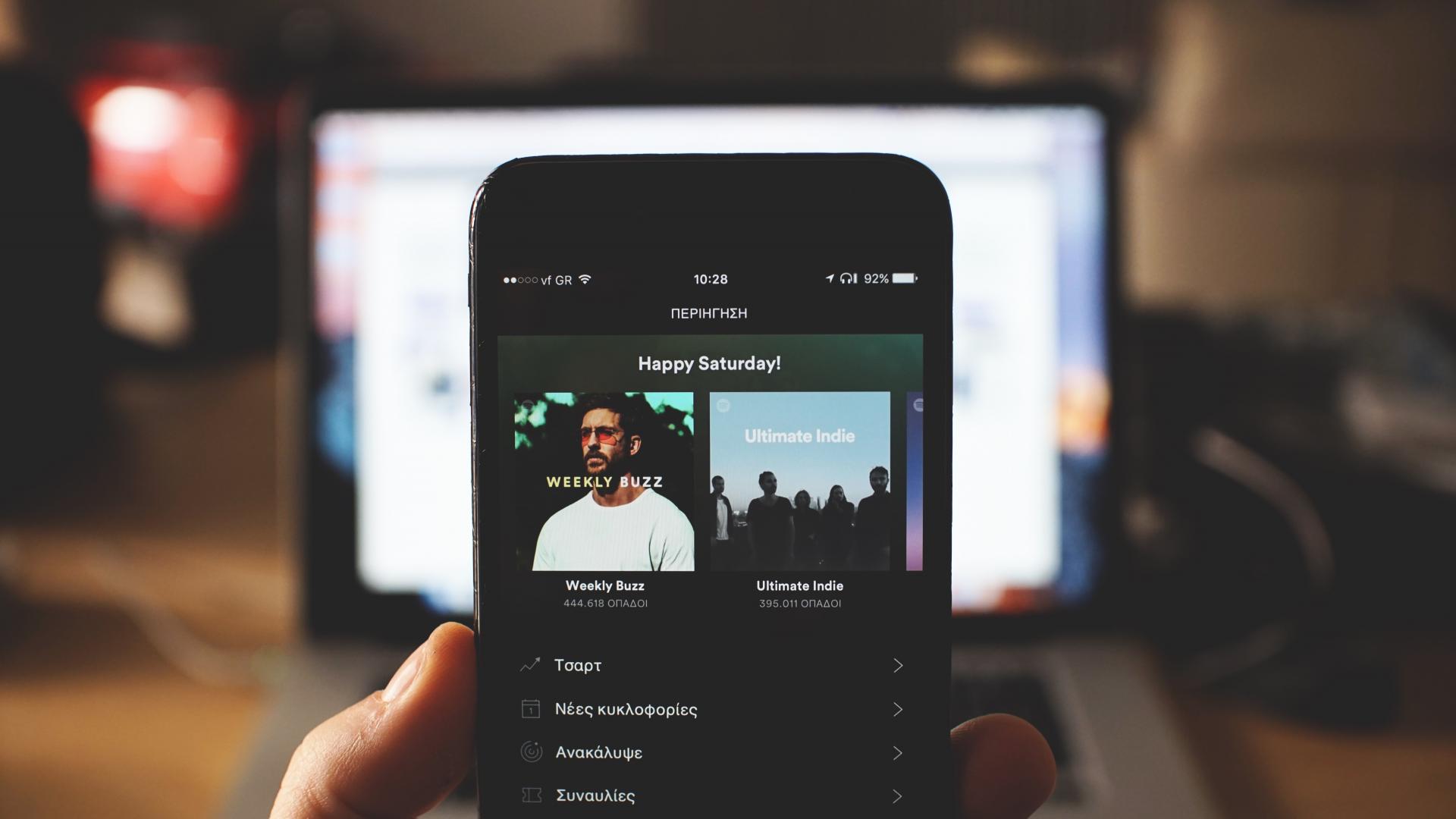In the digital age, music consumption has been revolutionized by streaming platforms, with Spotify leading the charge. With over 500 million users globally, Spotify has redefined how we discover, listen to, and share music. But what makes Spotify so effective at delivering personalized experiences? The answer lies in its intricate “Spotify DNA,” a term that encapsulates the algorithms and data-driven techniques the platform uses to understand and anticipate your musical preferences.
What Is Spotify DNA?
Spotify DNA refers to the combination of user data, algorithms, and machine learning techniques that Spotify employs to create a unique musical profile for each user. This profile helps the platform curate personalized playlists, recommend new songs and artists, and even predict what you might want to listen to next.
The concept of Spotify DNA is akin to the idea of a musical fingerprint. Just as every person has a unique set of fingerprints, each Spotify user has a distinctive listening profile shaped by their music tastes, habits, and even emotions. This personalized approach is one of the key reasons why Spotify has become a go-to platform for millions of music lovers worldwide.
How Does Spotify DNA Work?
Spotify DNA is built on three foundational pillars: data collection, machine learning, and user interaction.
- Data Collection: Every time you interact with Spotify, whether by liking a song, adding it to a playlist, or skipping a track, the platform collects data. This data includes the genres you prefer, the time of day you listen to certain types of music, and even the songs you skip. Spotify also tracks how long you listen to each song, how frequently you replay tracks, and what type of music you listen to during different activities, like working out or relaxing.
- Machine Learning: Once Spotify has collected enough data, it uses machine learning algorithms to analyze and interpret it. These algorithms are designed to recognize patterns and trends in your listening habits. For example, if you frequently listen to a particular genre at a specific time of day, Spotify’s algorithms will take note and may start recommending similar music during that time slot.
- User Interaction: The final pillar of Spotify DNA is user interaction. Spotify continuously refines its recommendations based on how you interact with the platform. If you consistently listen to the songs Spotify recommends, the algorithms will become even more accurate in predicting what you’ll enjoy. Conversely, if you skip many of the suggested tracks, Spotify will adjust its recommendations accordingly.
The Role of Playlists in Spotify DNA
One of the most significant features of Spotify DNA is its ability to create and recommend personalized playlists. These playlists are curated based on your listening history and preferences, offering a unique mix of songs that cater to your tastes.

- Discover Weekly: One of Spotify’s most popular features, Discover Weekly, is a perfect example of Spotify DNA in action. Every Monday, Spotify delivers a fresh playlist of 30 tracks tailored to your musical preferences. These songs are selected based on your listening history and the habits of users with similar tastes. Discover Weekly is a testament to how well Spotify’s algorithms can understand and predict your music preferences.
- Daily Mixes: Spotify also offers Daily Mixes, which are playlists that group similar songs and artists together based on your listening habits. Unlike Discover Weekly, which introduces you to new music, Daily Mixes are designed to give you a blend of your favorite tracks along with some new discoveries within the same genre or style.
- Release Radar: Another feature driven by Spotify DNA is Release Radar, a playlist updated every Friday with the latest releases from artists you follow or have shown interest in. This ensures that you never miss new music from your favorite artists.
Spotify DNA and Music Discovery
Spotify DNA doesn’t just cater to your existing preferences; it also plays a crucial role in music discovery. The platform’s recommendation engine is designed to expose you to new genres, artists, and songs that you might not have found on your own.
- Artist Radio: Spotify’s Artist Radio feature is another tool in the Spotify DNA toolkit. When you select an artist, Spotify creates a radio station featuring tracks by that artist along with similar artists. This feature helps you explore new music within the same genre, expanding your musical horizons while staying within the realm of your preferences.
- Genre Exploration: Spotify DNA also allows users to explore music across different genres. By analyzing your listening habits, Spotify can recommend genres that align with your tastes, even if you haven’t actively sought them out. This feature encourages users to step out of their musical comfort zones and discover new sounds.
- Cross-Genre Recommendations: One of the more advanced aspects of Spotify DNA is its ability to recommend cross-genre music. If Spotify notices that you enjoy a particular style of music across different genres, it might suggest tracks that blend elements from those genres, creating a seamless listening experience that feels both familiar and fresh.
Privacy Concerns and Spotify DNA
While Spotify DNA offers an incredibly personalized listening experience, it also raises questions about data privacy. As with any platform that collects and analyzes user data, there are concerns about how this information is used and stored.
Spotify has implemented measures to protect user privacy, such as anonymizing data and offering users the ability to manage their data settings. However, it’s essential to remain aware of the amount of personal information you share with the platform and to take advantage of the privacy controls available.
The Future of Spotify DNA
As technology continues to evolve, so too will Spotify DNA. The platform is constantly refining its algorithms and incorporating new data points to enhance the user experience. In the future, we can expect even more accurate recommendations, smarter playlists, and potentially new features that further personalize the music listening experience.
- Integration with Other Platforms: One possible future development is the integration of Spotify DNA with other platforms and devices. Imagine your Spotify recommendations syncing with your fitness tracker, suggesting upbeat music for your workout or calming tunes for your meditation session. This kind of integration could take personalization to the next level.
- Enhanced Social Features: Another area where Spotify DNA could evolve is in its social features. Currently, Spotify allows you to see what your friends are listening to and share playlists with them. In the future, Spotify might leverage its DNA technology to create collaborative playlists that adapt to the preferences of multiple users, making group listening sessions more enjoyable.
- AI-Driven Music Creation: With advancements in artificial intelligence, there’s also the potential for Spotify DNA to play a role in music creation. AI could analyze popular trends and user preferences to help artists create music that resonates with listeners, blurring the line between music consumption and creation.
Conclusion
Spotify DNA is the secret sauce behind the platform’s ability to deliver a highly personalized music experience. By leveraging data, machine learning, and user interaction, Spotify creates a unique musical profile for each user, making it easier than ever to discover new music and enjoy old favorites. As Spotify continues to innovate and refine its DNA, the future of music streaming looks more personalized and exciting than ever. Whether you’re a casual listener or a die-hard music fan, Spotify DNA ensures that the right music is always just a click away.




